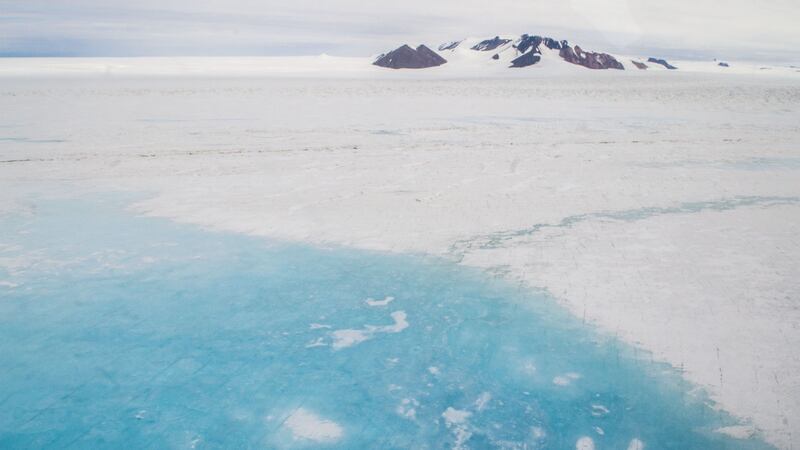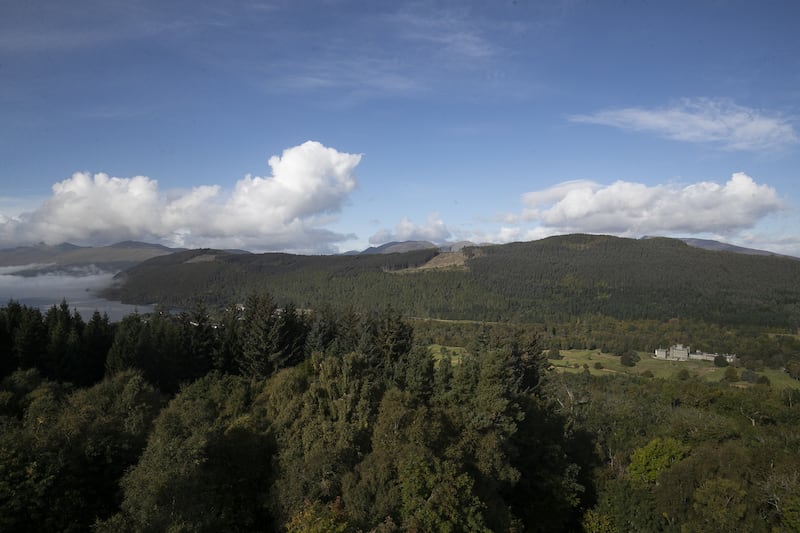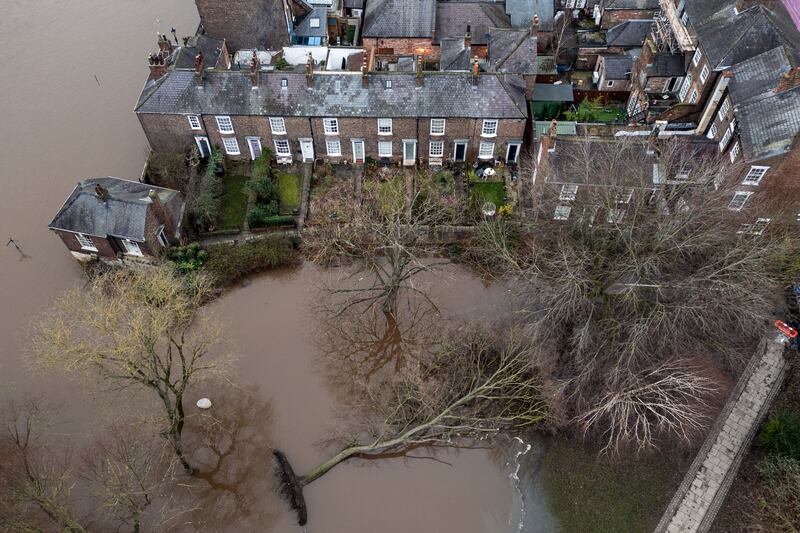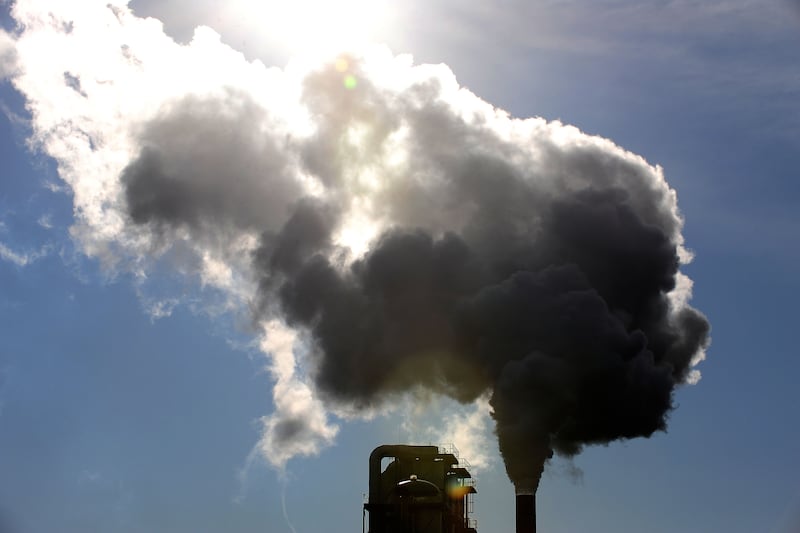The number of melt water lakes in East Antarctica is greater than previously thought, suggesting it may be more susceptible to a warming climate, a study says.
Researchers led by the University of Durham examined satellite images from January 2017 during the East Antarctic Ice Sheet’s summer melt season, and discovered more than 65,000 “supraglacial” lakes on the ice.
The lakes – which form when melting water collects in depressions on the surface of glaciers or ice sheets – included areas where surface melting was previously thought to be less intense, the study published in the journal Scientific Reports revealed.
It is the first time researchers have mapped the distribution of lakes across a large area of the East Antarctic ice sheet within a single melt season.
They say that while most of the ice sheet is incredibly cold, falling to minus 40C in winter, summer temperatures can often climb above zero and cause surface melting.
Many of the lakes were the size of a standard swimming pool, while the largest measured over 70 square kilometres (27 square miles).
Melt water lakes are forming in most coastal areas of the ice sheet, suggesting that East Antarctica could be more susceptible to the effects of a warming climate than previously thought, the scientists said.
They are clustered a few kilometres from where the ice sheet begins to float on the sea, but some can exist far inland and as high as 1,000 metres up (3,300ft).
And 60% of them had developed on floating ice shelves, including some potentially at risk of collapse if the lakes become large enough to cause fracturing and drain through the ice, they said.
Lead author Professor Chris Stokes, in the department of geography, Durham University, said: “We’ve known for some time that lakes are forming in East Antarctica, but we were surprised at quite how many had formed and all around the ice sheet margin.
“The density of lakes in some regions is similar to the densities we’ve observed on the Greenland ice sheet and on the Antarctic Peninsula, which are generally viewed as much warmer.
“It’s concerning because we know that in other areas, large numbers of lakes draining can fracture apart floating ice shelves, causing the inland ice to speed up.”
Co-author Dr Amber Leeson, of the Lancaster Environment Centre, Lancaster University, said: “At the opposite end of the Earth, we’ve seen Greenland’s population of supraglacial lakes spread inland as air temperatures have risen, and we’re concerned about the potential implications for enhanced melting and ice loss there.
“Until recently we assumed that East Antarctica was too cold to be similarly vulnerable, but this work shows that there may be closer parallels here to our observations on Greenland than previously thought.”
The study suggests that parts of the East Antarctic ice sheet may be highly sensitive to climate warming.
Melt water lakes are important because they make the icy surface darker, so it absorbs more heat which causes further melting, while they can also collapse floating ice shelves which means the glaciers behind the shelves flow out more quickly to the sea.
The study was published as the Intergovernmental Panel on Climate Change (IPCC) published a new report on the impact of global warming on oceans and frozen areas of the world, which warned of accelerating sea level rises as Greenland and Antarctic ice sheets melt.








